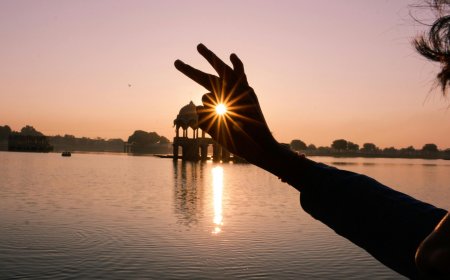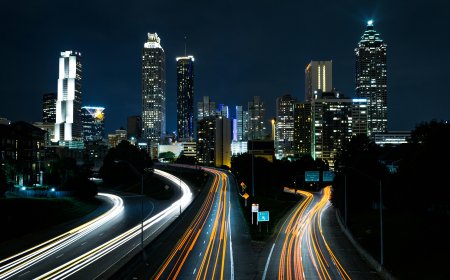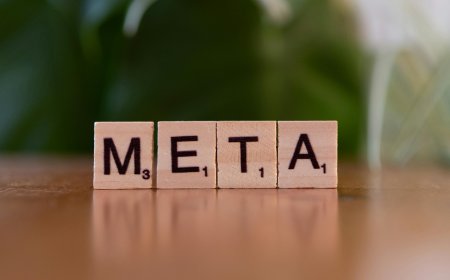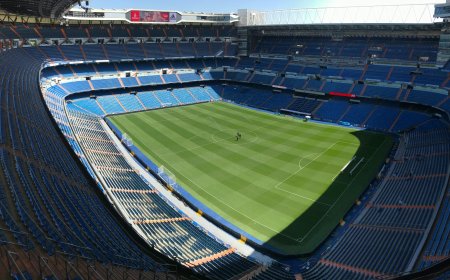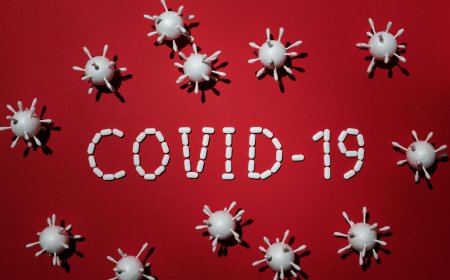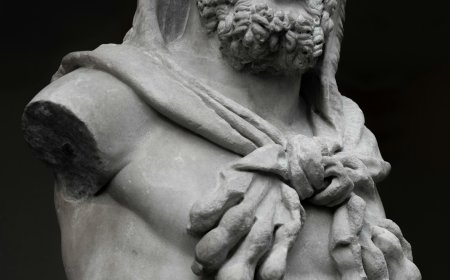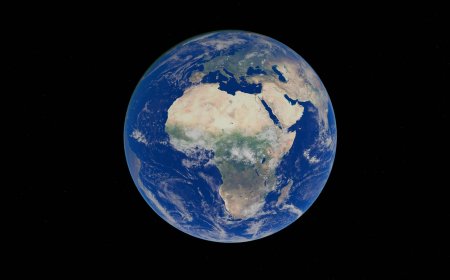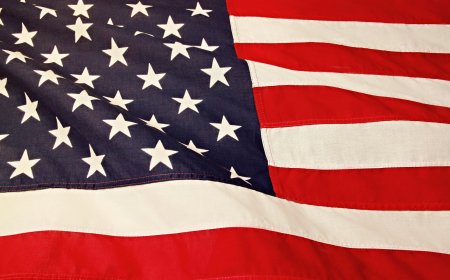Artists Who Changed Modern Art
Explore the visionary artists who transformed modern art, from Picasso to Kahlo, reshaping creativity and cultural expression worldwide.

Art is more than aesthetics; it’s a reflection of society, emotion, and thought. Throughout the 19th and 20th centuries, certain artists challenged traditional techniques, pushed boundaries, and transformed how we perceive the world. These innovators didn’t just create art—they redefined creativity itself, influencing culture, politics, and society.
Pablo Picasso: Master of Cubism
Spanish artist Pablo Picasso revolutionized visual art with Cubism, breaking objects into geometric forms to present multiple perspectives at once. Works like Les Demoiselles d’Avignon challenged traditional representation and changed the trajectory of 20th-century art.
Picasso’s versatility—from sculpture to painting to ceramics—demonstrated that artistic expression could be boundless, inspiring generations of artists worldwide.
Frida Kahlo: Pain and Passion on Canvas
Frida Kahlo, a Mexican painter, turned personal suffering into unforgettable art. Her surreal self-portraits explored identity, gender, and cultural heritage with raw emotion.
Kahlo’s work resonated far beyond Mexico, inspiring artists and activists alike. Her fearless approach to vulnerability and social commentary cemented her as a cultural and feminist icon.

Vincent van Gogh: Emotion Through Color
Though he sold few paintings during his lifetime, Vincent van Gogh transformed art with bold colors and expressive brushwork. Works like Starry Night and Sunflowers conveyed emotion through every stroke.
Van Gogh’s posthumous fame highlighted that art is not merely commercial; it is a conduit for human emotion, influencing Expressionism and modern visual storytelling.
Jackson Pollock: The Father of Abstract Expressionism
American painter Jackson Pollock broke conventions with his drip technique, turning canvas into a stage for spontaneity. His large-scale works, often chaotic yet intentional, made the act of painting itself a performance.
Pollock redefined the concept of artistic creation, inspiring abstract and contemporary art movements that dominate galleries today.
Georgia O’Keeffe: Mother of American Modernism
Georgia O’Keeffe explored the natural world through abstraction, transforming flowers, landscapes, and bones into powerful compositions. Her work emphasized form, color, and simplicity, influencing generations of American artists.
O’Keeffe’s modernist approach bridged the gap between realism and abstraction, showing that nature could be a subject of profound artistic interpretation.
Andy Warhol: Pop Art Icon
In the mid-20th century, Andy Warhol blurred the line between commercial and fine art. Through iconic works featuring Campbell’s Soup cans, Marilyn Monroe, and Coca-Cola, Warhol celebrated consumer culture while critiquing it.
His use of mass production techniques, like silkscreen printing, challenged traditional notions of artistic originality and made art accessible to the broader public.
Why Modern Art Matters
These artists share a common trait: they challenged norms. Whether through Cubism, abstraction, surrealism, or Pop Art, they pushed viewers to question perception, culture, and society itself.
Modern art continues to influence not only galleries but also fashion, design, film, and advertising. Its pioneers transformed creativity into a universal language that transcends borders and time.
FAQs
Q1: Who is considered the most influential modern artist?
A1: Pablo Picasso is often cited due to his role in founding Cubism and shaping 20th-century art.
Q2: How did Frida Kahlo impact modern art?
A2: She explored personal and cultural identity through surreal self-portraits, inspiring feminist and cultural movements.
Q3: What is Jackson Pollock known for?
A3: He pioneered the drip painting technique, becoming a leading figure in Abstract Expressionism.
Q4: Why is Andy Warhol iconic?
A4: Warhol popularized Pop Art, merging commercial imagery with high art, challenging traditional concepts of creativity.
Q5: How did Georgia O’Keeffe influence art?
A5: She used abstraction to elevate natural subjects, bridging realism and modernism in American art.
What's Your Reaction?
 Like
1
Like
1
 Dislike
0
Dislike
0
 Love
0
Love
0
 Funny
0
Funny
0
 Angry
0
Angry
0
 Sad
0
Sad
0
 Wow
0
Wow
0








